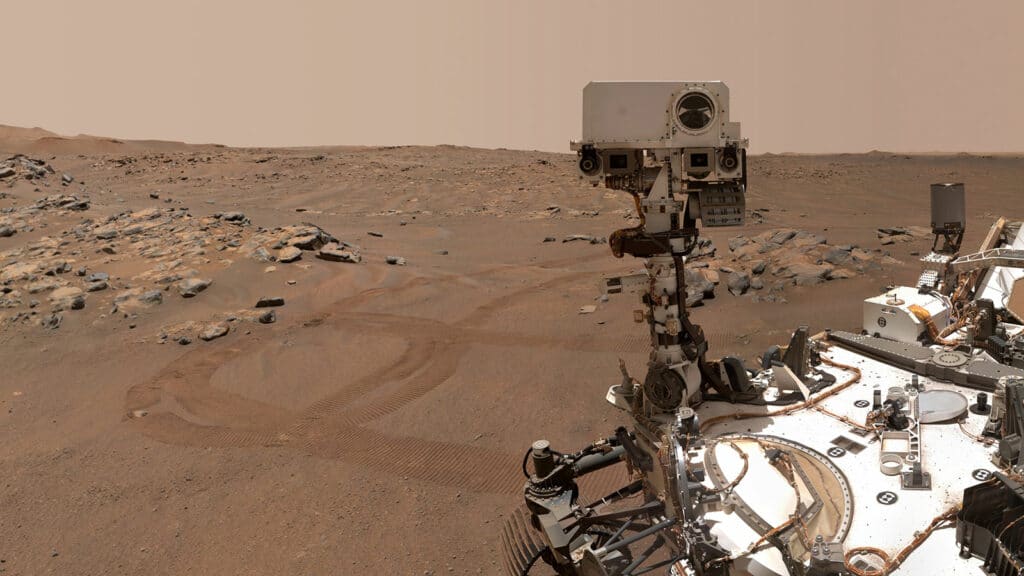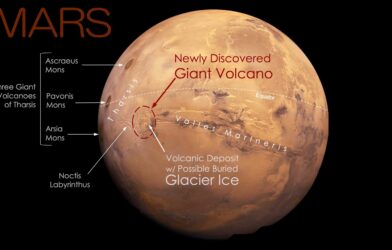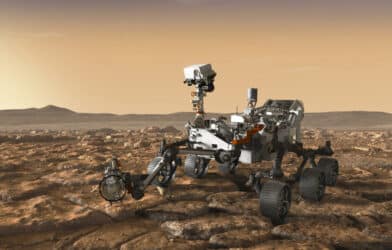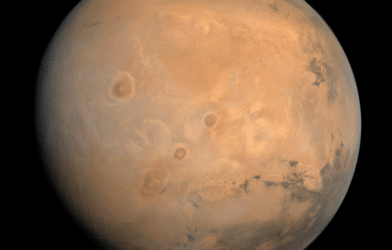It’s been three years since since NASA’s Perseverance rover and its helicopter companion Ingenuity touched down on Mars. So, what have we learned during this time? The duo’s exploration of the red planet has not only captured the imagination with breathtaking images but has also advanced scientific knowledge by collecting 23 unique rock core samples across 17 miles of what was once an ancient river delta.
“This is so cool. I’m exploring another planet,” says Andy Czaja, associate professor at the University of Cincinnati (UC) and a member of the NASA science team, in a media release.
Czaja, who specializes in paleobiology and astrobiology, has been instrumental in the search for evidence of ancient life on Mars, working alongside three graduate students from the Department of Geosciences at UC’s College of Arts and Sciences.
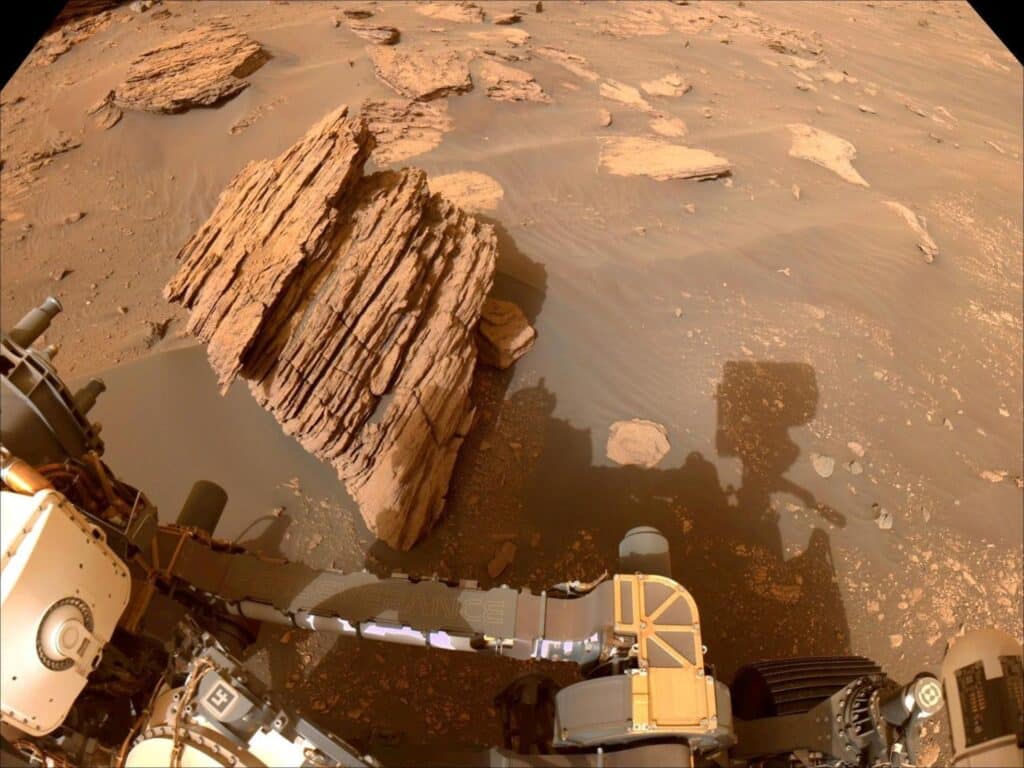
Perseverance has exceeded expectations in its capabilities, offering unprecedented geological insights through its advanced instrumentation. The rover’s achievements include the first powered flight on another planet, recording the sounds of Mars, and making significant geological, atmospheric, and climatic discoveries. One notable finding is the identification of primary igneous rocks within the Jezero Crater, which are vital in refining Mars’ chronological history and exploring its past water activity.
The discovery of hydrated magnesium sulfate in volcanic rocks suggests Mars could have had hydrothermal systems, creating habitable environments for life. This revelation, spearheaded by Czaja and his student Andrea Corpolongo, along with their NASA colleagues, underscores the potential for Mars to have harbored ancient life forms.
“Perseverance has excelled. It’s been fantastic,” notes Czaja. “It has such capable instrumentation for doing the geology work. It’s able to explore distant objects with its zoom lens cameras and can focus on tiny objects at incredible resolution.”
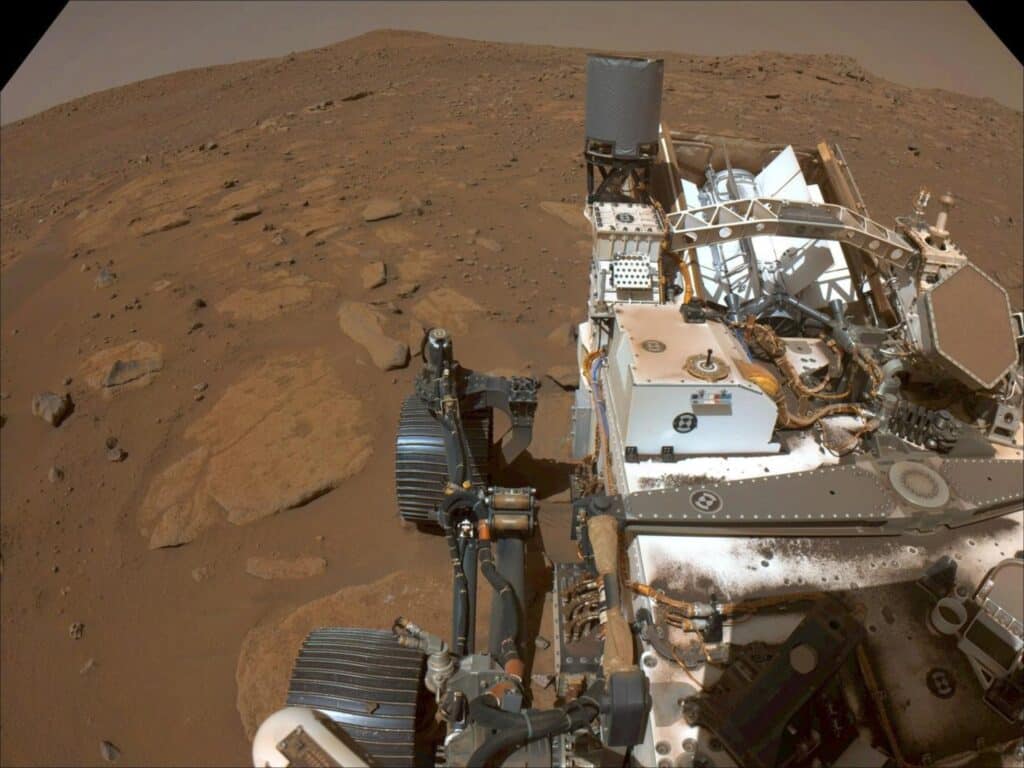
Despite not finding definitive evidence of life yet, the collected samples hold the promise of answering profound questions about our place in the universe. The anticipation grows for a future Mars Sample Return mission, which aims to bring these samples back to Earth for detailed analysis with the most advanced scientific instruments, possibly uncovering evidence of ancient life.
Perseverance’s exploration has also led to the discovery of sedimentary rocks and magnesium carbonate deposits, further enriching our understanding of Mars’ geological and potentially biological history. The decision to land in Jezero Crater has proven fruitful, with the rover uncovering evidence that could indicate past life on Mars.
“Absolutely. There were other places we could have gone that might have been just as good,” explains Czaja. “You won’t know until you explore them all. But Jezero was picked for good reason and it has been completely justified.”
Although Ingenuity’s flights have concluded due to rotor damage, Perseverance’s mission is far from over. With 15 sample tubes still available, the rover is set to explore beyond Jezero Crater, possibly uncovering rocks dating back over 4 billion years and searching for stromatolites, which could contain visible evidence of ancient bacterial life.
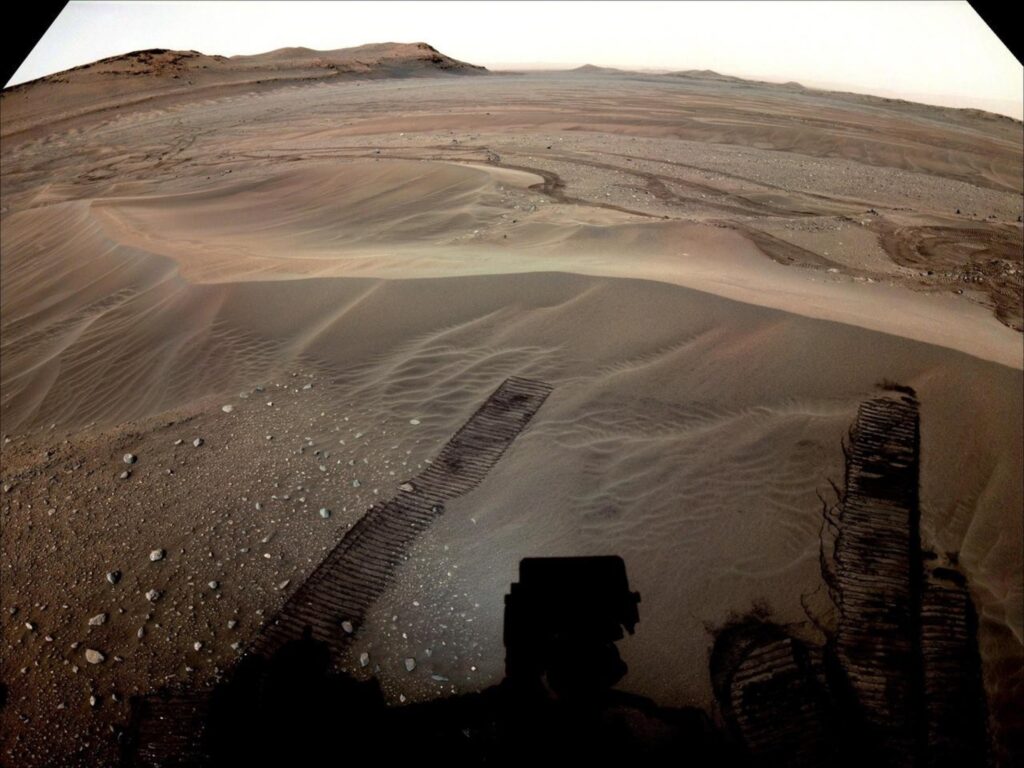
The continued success of the Perseverance mission not only expands our horizon of discovery but also fuels the hope for more Martian exploration in the future.
“I hope that Perseverance has just whetted our appetite for more Martian exploration,” concludes Czaja. “And bringing back samples will allow us to study Mars and search for evidence of ancient life with instruments that haven’t even been invented yet for years and years to come.”
The research is published in the Journal of Geophysical Research Planets.
